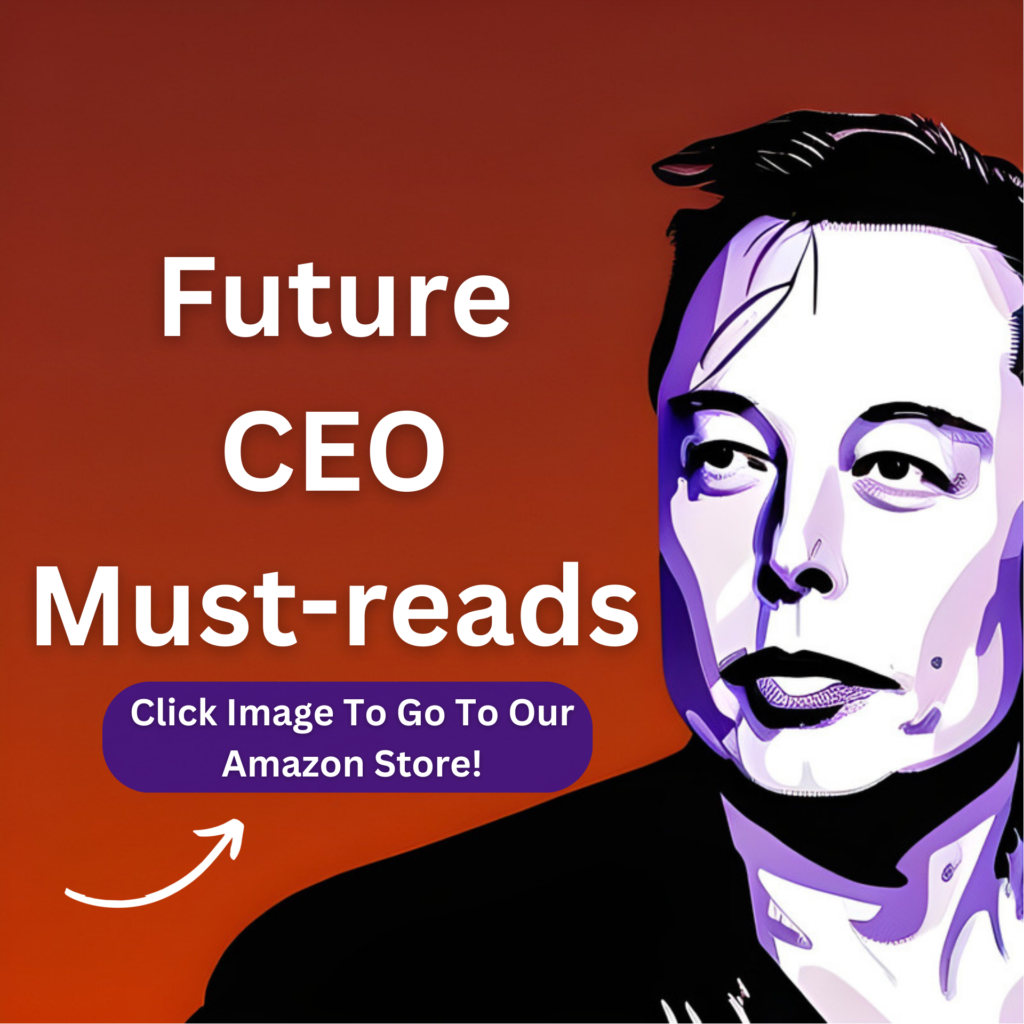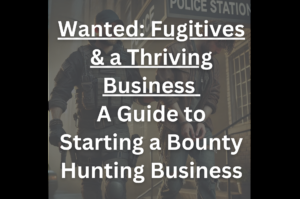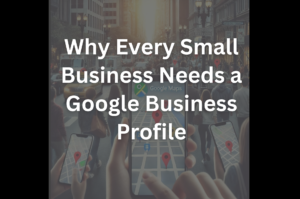**Disclosure:** We believe in honesty and transparency to the fullest extent. Some of the links on this blog are affiliate links, meaning, at no additional cost to you, we will earn a commission if you click through and make a purchase. This is one of the simplest ways you can support us.

In the ever-evolving landscape of Software as a Service (SaaS), the key to success lies not only in offering a robust and innovative solution but also in devising a strategic pricing plan that aligns with your business goals and resonates with your customers. Pricing strategies for SaaS businesses have a profound impact on customer acquisition, retention, and revenue generation. In this article, we will explore the intricacies of various SaaS pricing models and provide valuable tips to help you find the right pricing strategy for your business.
Subscription-Based Pricing:
The subscription model is the cornerstone of most SaaS businesses. This model revolves around customers paying a recurring fee, typically monthly or annually, to access your software or service continuously. One of the primary advantages of subscription-based pricing is its predictability. It provides a steady stream of revenue, making financial forecasting easier for businesses.
a. Analysis of Subscription-Based Pricing:
Freemium Model: A subset of subscription-based pricing, the freemium model offers basic features for free, while premium features are available for a fee. This model is an excellent way to attract a large user base and entice users to upgrade to premium versions. Spotify is a prime example of a successful freemium SaaS business. While the basic version offers ad-supported music streaming, users can enjoy an ad-free experience, offline listening, and other premium features with a paid subscription.
Tiered Pricing: This approach offers different subscription levels based on varying feature sets or usage limits. By catering to diverse customer needs and budgets, tiered pricing can maximize revenue potential. Mailchimp is a great example of a SaaS company using tiered pricing effectively. They offer three different tiers based on the number of emails sent and features, allowing customers to choose the plan that best suits their requirements.
b. Tips for Setting Competitive Subscription Pricing:
Know Your Customer’s Value: Perform a deep dive into understanding your customers’ needs, pain points, and the value they derive from your solution. Use this data to price your subscription plans accordingly.
Offer Flexibility: Consider offering flexible pricing options, such as monthly or yearly subscriptions, to cater to different customer preferences and cash flow needs.
Provide Value-Based Pricing: Offer different tiers that clearly demonstrate the value each plan provides. This helps customers understand the benefits of upgrading and makes it easier for them to justify the cost.
Freemium Pricing: The Entry Point Strategy
A freemium model can be an effective way to entice new customers and generate interest in your SaaS product. However, it requires careful consideration to balance offering enough value to free users while incentivizing upgrades.
Tips for Successful Freemium Pricing:
Clearly Define Premium Features: Distinguish between free and premium features clearly. Ensure that the premium features provide significant value and address specific customer needs.
Set a Fair Price for Upgrades: Consider the psychology of pricing. The perceived value of a premium upgrade should be higher than the price you set.
Strike a Balance: Maintaining a healthy mix of free and paying users is crucial. Ensure that your free offering is generous enough to attract users but not so generous that it cannibalizes your revenue.
Tiered Pricing: The Value-Based Approach
Tiered pricing is a popular choice for SaaS businesses as it allows customers to choose the plan that best fits their needs. By offering different levels of features and benefits, you can maximize revenue and capture a wider customer base.
Analysis of Tiered Pricing:
Segmentation: Identify and segment your customer base based on their needs, usage patterns, and willingness to pay. Tailor your tiers to cater to each segment effectively.
Psychological Pricing: Use psychological pricing techniques to your advantage. For example, price your middle tier slightly higher than the lower tier to make the higher tiers seem more attractive.
Tips for Setting Competitive Tiered Pricing:
Maintain Consistency: Ensure that the pricing between tiers is consistent and logical. The value offered in each tier should reflect the pricing structure.
Offer Transparent Upgrade Paths: Provide clear and seamless upgrade paths for customers to move to higher tiers as their needs grow.
Highlight the Value Difference: Make sure the value offered in each tier is distinct and evident. Use descriptive names and clearly outline the benefits of each tier.
Conclusion
Choosing the right pricing strategy for your SaaS business is a critical decision that requires careful consideration of your business goals, customer needs, and market dynamics. The subscription-based model, freemium model, and tiered pricing are all viable options, each with its advantages and considerations.
Here are some additional tips for setting competitive pricing:
Conduct Regular Pricing Analysis: Monitor market trends, customer feedback, and competitors’ pricing to ensure your pricing remains competitive and aligned with your business objectives.
Offer Free Trials: Allow potential customers to experience the value of your product before committing to a subscription.
Provide Excellent Customer Service: Excellent customer service is a powerful way to differentiate yourself from competitors. A customer-centric approach can help justify your pricing.
Remember, the perfect pricing strategy is not static; it evolves with your business and the market. Continuously evaluate and adapt your pricing approach to unlock the full potential of your SaaS business.
By implementing the right pricing strategy based on your unique offering and customer base, you can drive sustainable growth, increase customer loyalty, and maximize revenue potential in the competitive world of SaaS. Start experimenting, gather data, and fine-tune your pricing strategy to reach new heights of success.










